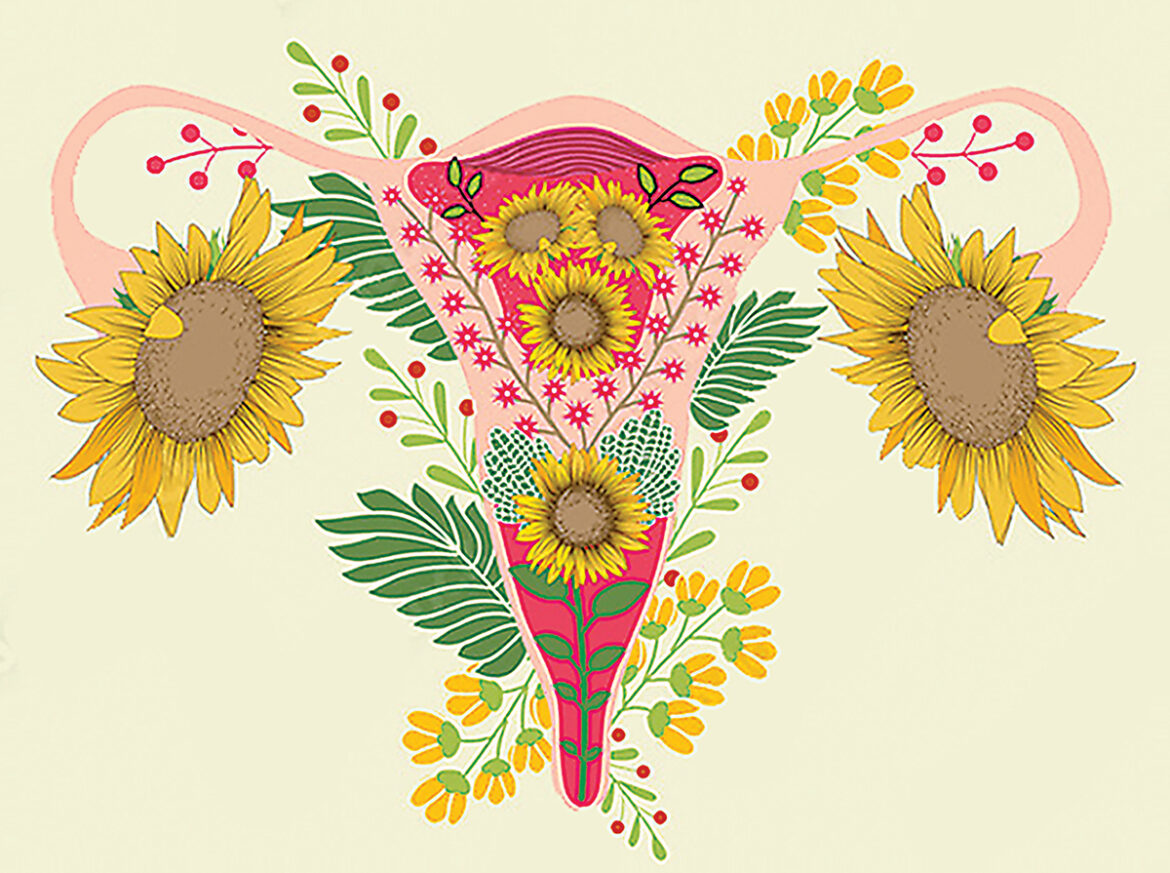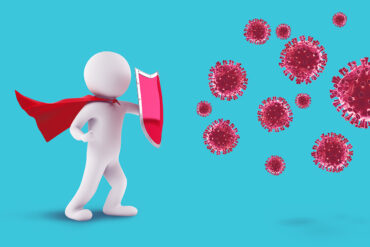A painful, unpopular disease that affects many women and many don’t even know is endometriosis. This complex condition with a complex name has perplexed many medical professionals for years, and much research must be done to determine preventive methods.
Endometriosis is a condition in which tissue similar to the uterus lining grows in other areas of the body. These can include the ovaries, the fallopian tubes, and the different regions surrounding the pelvis. It can start with the first menstrual cycle and possibly last until menopause.
Endometriosis can be painful because, just like the lining of the uterus, endometrial tissues thicken every month, break down, and bleed. The tissue can become inflamed and cause adhesions among the reproductive organs, causing them to stick to each other. It can potentially lead to pain with menstrual cycles, urination, and sex and could cause fertility issues.
According to John Hopkins Health, the precise cause of endometriosis is unknown. However, a genetic component and transplantation causes have been theorized. This means endometrial cells are transported throughout the body via blood flow and the lymphatic system or during surgeries such as C-sections. You are at risk of developing endometriosis if your first menstrual cycle starts before the age of 11, if a female family member has it, or if you have long, heavy menstrual cycles.
The lack of a direct cause and preventative measures for developing endometriosis is why it is hard to diagnose and treat. Early diagnosis is essential, as well as proper treatment. However, this is often hard due to limited medical access and knowledge. Doctors usually aim to control symptoms, but there is currently no cure.
Diagnosis usually starts with an ultrasound or MRI. However, a more definitive diagnosis is brought about via invasive procedures like a tissue biopsy via laparoscopy. Treatments include medications such as oral contraceptives, surgery to remove the affected tissue, or, as a last resort, removal of the uterus. Sometimes, a complete hysterectomy is done, and the ovaries, which release hormones that affect endometrial growth, are also removed (oophorectomy).
For more information on endometriosis, visit the US Department of Health and Human Services site at www.womenshealth.gov/a-z-topics/endometriosiss.





